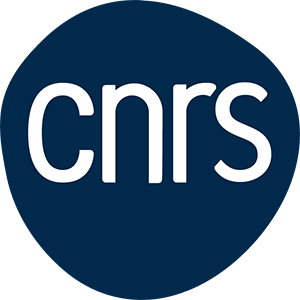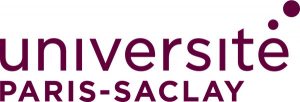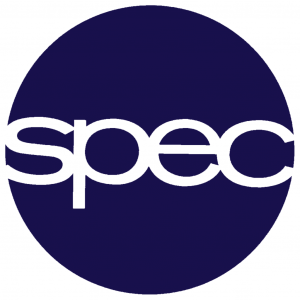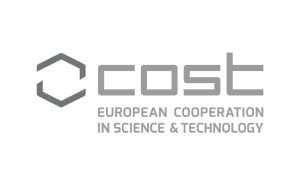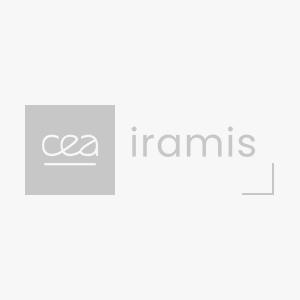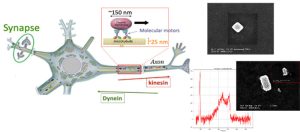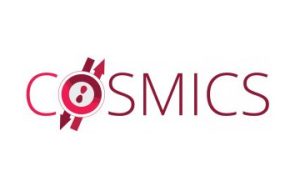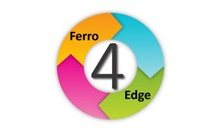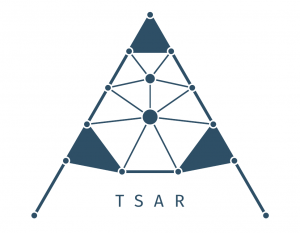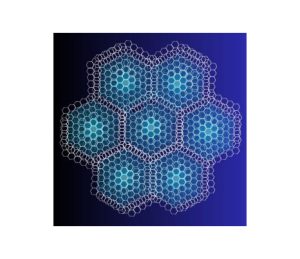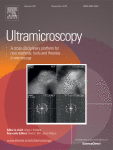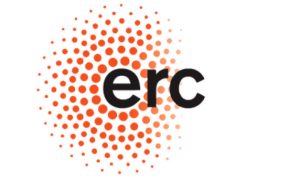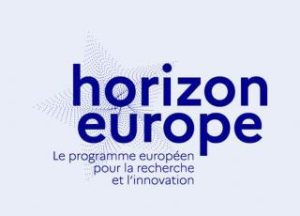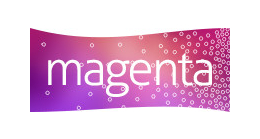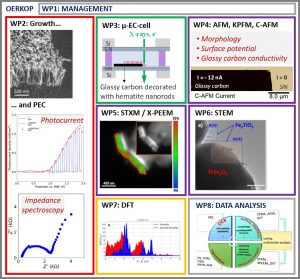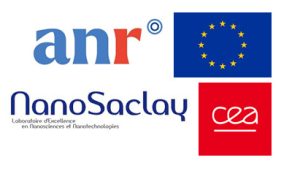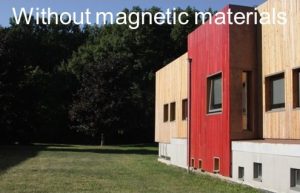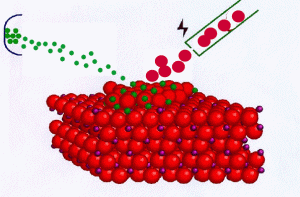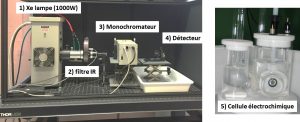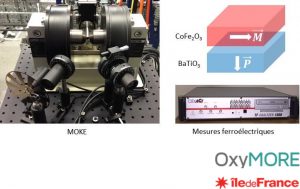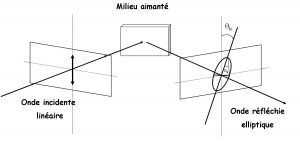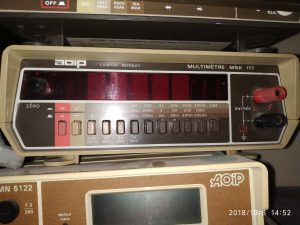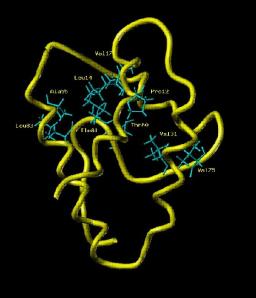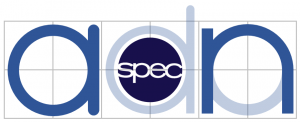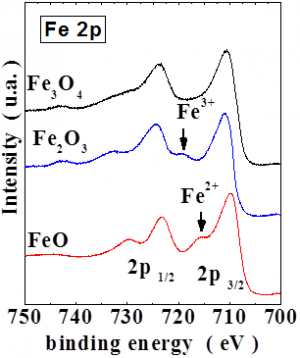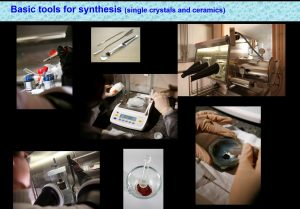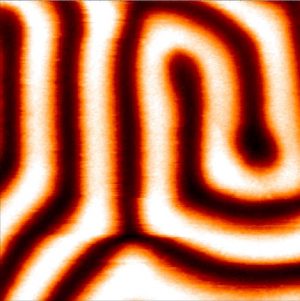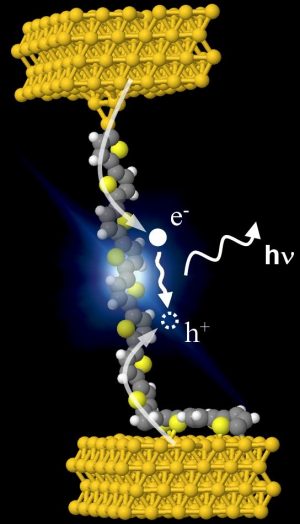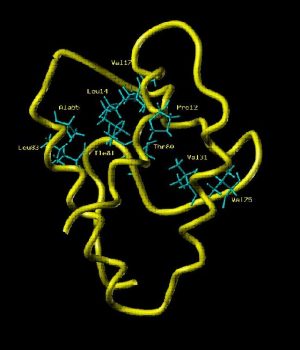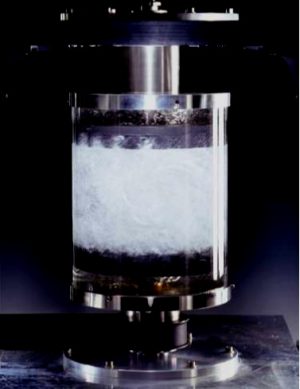Laboratoire d'Électronique et Traitement du Signal (LETS) stands for Signal Processing and Electronic Laboratory.
It focuses its researches and development on real-time signal processing, especially for scientific instruments and measurement devices, mostly in basic physics and optics. Developments involve both analogue and digital signal processing, covering all the acquisition chain which may comprises preamplifiers, Analogue-to-Digital Converter (ADC), Digital-to-Analogue Converter (DA), microcontroller, microprocessors of Field-Programmable-Gate-Arrays (FPGAs). Subsequent domains are also covered such as computer science including data processing, especially machine learning for identifications.

- As a research lab it aims at developping new approaches for signal processing to achieve the best possible results in basic physic experiments.
- As a support and service lab, It aims at designing re-usable design blocks, especially in digital signal processing that can be transposed to different basic physic experiments. All the IRAMIS institute can benifit from the LETS expertise and developments.
The LETS is ilocated n the Building 772, 1st floor, in the CEA “Orme des merisiers”.

